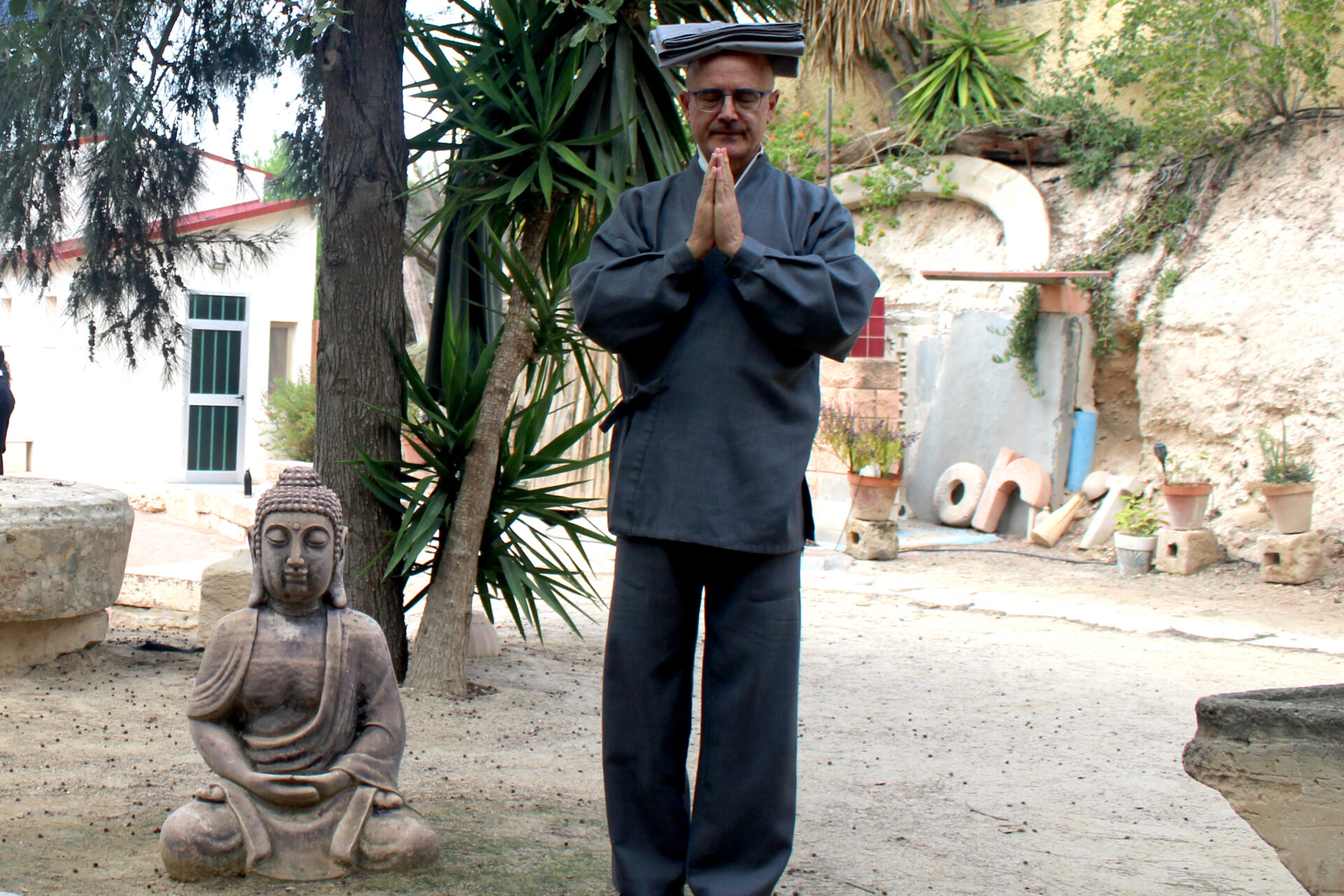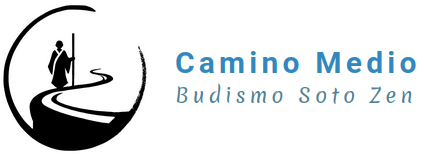Perhaps you have been attracted to Zen Buddhism because of its ability to transform your relationship with the mind or because of your curiosity about its profound teachings.. Maybe you are approaching for the first time, Hoping to find an antidote to the restlessness of your mind, Or perhaps you have been on this path for a while and are wondering when you will experience that peace that is mentioned so much in the teachings.. Maybe you even have years of experience, but you still feel frustration because your mind has not “stabilized” or “settled” as you expected. Let me share something important with you.: your intention is admirable, but maybe you are pursuing the wrong goal.
The practice of zazen, as taught in the Soto Zen tradition, Its main purpose is not to calm the mind or alter the content of our experiences to make them more pleasant or comfortable.. Rather, aims to transform the way we relate to what arises moment by moment. Zazen It does not seek to suppress or ignore what we consider “undesirable” in ourselves., but to offer a direct and compassionate look at everything that appears in the vast landscape of our mind and heart..
This may surprise both beginners and seasoned practitioners alike., but striving to achieve a specific state or eliminate certain experiences goes against the spirit of the Soto Zen tradition.. The true purpose of zazen It is not manipulating our experience, but allow the natural flow of thoughts, sensations and emotions unfold while we remain deeply present and receptive. This practice is not about creating an idealized state of peace, but in cultivating an openness to what is as it is.
We learn that practice is not about reaching a specific destination, but to refine our way of acting in each moment, cultivating attention that allows you to respond rather than react. Instead of reacting automatically, We learn to observe clearly and respond with awareness. For example, when we sit in zazen, we choose a primary object of attention, like the sensation of breath entering and leaving the body. When thoughts arise, judgments or emotions, we do not seek to cling to them or reject them; we simply recognize them, We let them be and return to the primary object. This process is a constant exercise of returning to the present, again and again, with patience and humility.
In zazen, in addition to the primary object, child objects often emerge: thoughts, sensations or images that seek to attract our attention. The key is not to reject them or cling to them, but to observe them with curiosity and then return to the primary object. This teaches us to relate to everything that arises in an equanimous manner., allowing experiences to flow without resistance or attachment.
In the Zen tradition, There is a story that clearly illustrates the importance of not clinging to or rejecting the experiences that arise in our consciousness., and how this can free us from unnecessary suffering. It is said that two monks, Tanzan and Ekido, caminaban juntos por un camino embarrado después de una intensa lluvia. When you come to a curve, encontraron a una persona que tenía dificultades para cruzar un gran charco debido al terreno resbaladizo. Tanzania, sin dudarlo, se ofreció a ayudar y la cargó en brazos hasta el otro lado. Then, los monjes continuaron su camino en silencio. hours later, upon reaching the temple, Ekido, visiblemente inquieto, he told Tanzan: “Como monjes, debemos mantener una conducta clara y evitar acciones innecesarias. ¿Por qué te detuviste a ayudar?”. Tanzan replied calmly: “Yo dejé a esa persona allí. Do you still carry it with you?”. Like Tanzan, we must learn to interact with life's experiences without clinging to or rejecting them, allowing each moment to flow and dissolve naturally.
When in zazen disturbing thoughts arise, intense memories or emotions, We treat them as temporary visitors who deserve our kind attention and non-judgmental observation.. Zen masters often describe these arisings as guests coming into our consciousness.. Our task is to receive them with curiosity, observe them without identifying with them and, when the time is, allow them to leave.
This way of relating to our experience extends to all areas of life.. Whether it's washing the dishes, walking or doing any other daily activity, The practice is being fully present, attentive to every action and sensation. Instead of searching for specific results, we simply dedicate ourselves completely to what is in front of us. We understand that everything that arises in our consciousness is the result of innumerable causes and conditions.. This principle of interdependence, known as karma, invites us to treat every thought and emotion with respect, recognizing that they are part of a vast web of life. By doing so, we contribute to transform not only our own mind, but also the world around us.
It is important to understand that Zazen It is not limited to just sitting meditation., but also to everything we do in our daily lives, from simple tasks to difficult moments. It is a comprehensive practice that permeates every aspect of our lives.. As we get deeper into it, we discover that there is no experience, no matter how mundane it may seem, that is out of reach. Everything becomes an opportunity to cultivate presence, compassion and wisdom. Therefore, Zen practice is not a tool to achieve particular states of consciousness, sino un camino para habitar plenamente tu vida tal como es y para encontrar en este camino una guía para andar con corazón abierto y mente clara en cada momento de tu vida.

